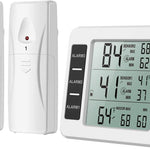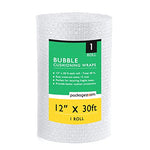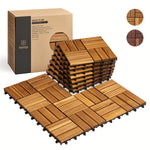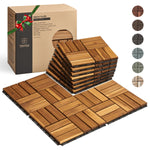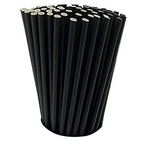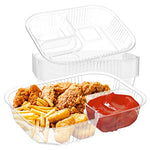You have no items in your shopping cart.
Are you looking for ways to properly manage your waste? Do you want to know how to sort your trash for recycling? This article will guide you on how best to divide trash for recycling.
With the increasing concern about environmental issues, proper waste management has become more crucial than ever. Dividing your trash for recycling is a simple but effective way to contribute to a sustainable future. This article will help you understand the importance of proper waste management and provide you with tips on how to sort your trash for recycling.
Why Proper Waste Management is Important
The amount of waste generated by humans has significantly increased in recent years, and improper waste disposal has caused various environmental problems such as pollution, habitat destruction, and climate change. Proper waste management, on the other hand, can help minimize these issues and provide numerous benefits, including:
1. Resource Conservation
By recycling and reusing waste materials, fewer resources are needed to produce new products, reducing the demand for raw materials.
2. Energy Conservation
The recycling process requires less energy than producing new products from raw materials, reducing the carbon footprint and mitigating the effects of climate change.
3. Cost Savings
Proper waste management can save costs in the long run by reducing the amount of waste sent to landfills and the associated costs of waste disposal.
4. Sustainable Future
Proper waste management can help preserve natural resources and create a more sustainable future for generations to come.
How Best to Divide Trash for Recycling?
To effectively divide trash for recycling, it is essential to understand the types of waste materials and how to classify them. Here are some general guidelines to help you sort your trash for recycling:
1. Paper
Paper products such as newspapers, magazines, office paper, and cardboard can be recycled. Be sure to remove any plastic wrap or other non-paper materials before recycling.
2. Plastic
Plastic products are classified by numbers ranging from 1 to 7, indicating the type of plastic used. Check with your local recycling center to determine which types of plastic are accepted for recycling.
3. Glass
Glass bottles and jars can be recycled, but be sure to remove any caps or lids before recycling.
4. Metal
Metal products such as aluminum cans, steel cans, and foil can be recycled.
5. Organic Waste
Organic waste, such as food scraps, can be composted instead of sent to landfills. Composting is an excellent way to reduce waste and create nutrient-rich soil for gardening.
6. Hazardous Waste
Hazardous waste, such as batteries, electronics, and chemicals, should be disposed of properly. Check with your local recycling center for instructions on how to safely dispose of hazardous waste.
Tips for Effective Waste Management
Aside from sorting your trash for recycling, here are some tips to help you effectively manage your waste:
1. Reduce Waste
Reducing waste is the most effective way to manage it. Consider using reusable products, buying products with minimal packaging, and avoiding single-use items.
2. Reuse
Reuse items as much as possible. For example, use a refillable water bottle instead of buying single-use plastic bottles.
3. Recycle
Recycle as much as possible. Be sure to follow the guidelines for your local recycling program to ensure that your waste is properly sorted.
4. Compost
Composting is an excellent way to reduce organic waste and create nutrient-rich soil for gardening.
Frequently Asked Questions
Q1. Why is it important to sort trash for recycling?
A1. Sorting trash for recycling is important because it helps reduce the amount of waste that ends up in landfills, conserves natural resources, and reduces the environmental impact of waste disposal.
Q2. How can I recycle electronic waste?
A2. Electronic waste, such as old cell phones, computers, and printers, should be recycled properly. Check with your local recycling center or electronics retailer for recycling options.
Q3. Can I recycle plastic bags?
A3. Plastic bags can be recycled at certain recycling centers, but they should not be included in curbside recycling bins. Many grocery stores also offer plastic bag recycling programs.
Q4. How do I dispose of hazardous waste?
A4. Hazardous waste, such as batteries, chemicals, and electronics, should be disposed of properly. Check with your local recycling center for instructions on how to safely dispose of hazardous waste.
Q5. How can I reduce food waste?
A5. You can reduce food waste by planning meals, buying only what you need, storing food properly, and composting food scraps.
Q6. How can I encourage others to recycle?
A6. Encourage others to recycle by setting a good example, educating them on the benefits of recycling, and making it easy for them to recycle by providing recycling bins and information.
Conclusion
Proper waste management is crucial for a sustainable future, and dividing your trash for recycling is a simple yet effective way to contribute to this goal. By following the guidelines provided in this article, you can effectively manage your waste and help create a cleaner, healthier planet for generations to come.
Remember to reduce waste, reuse items as much as possible, recycle properly, compost organic waste, and dispose of hazardous waste safely. Together, we can make a difference and create a more sustainable future.


